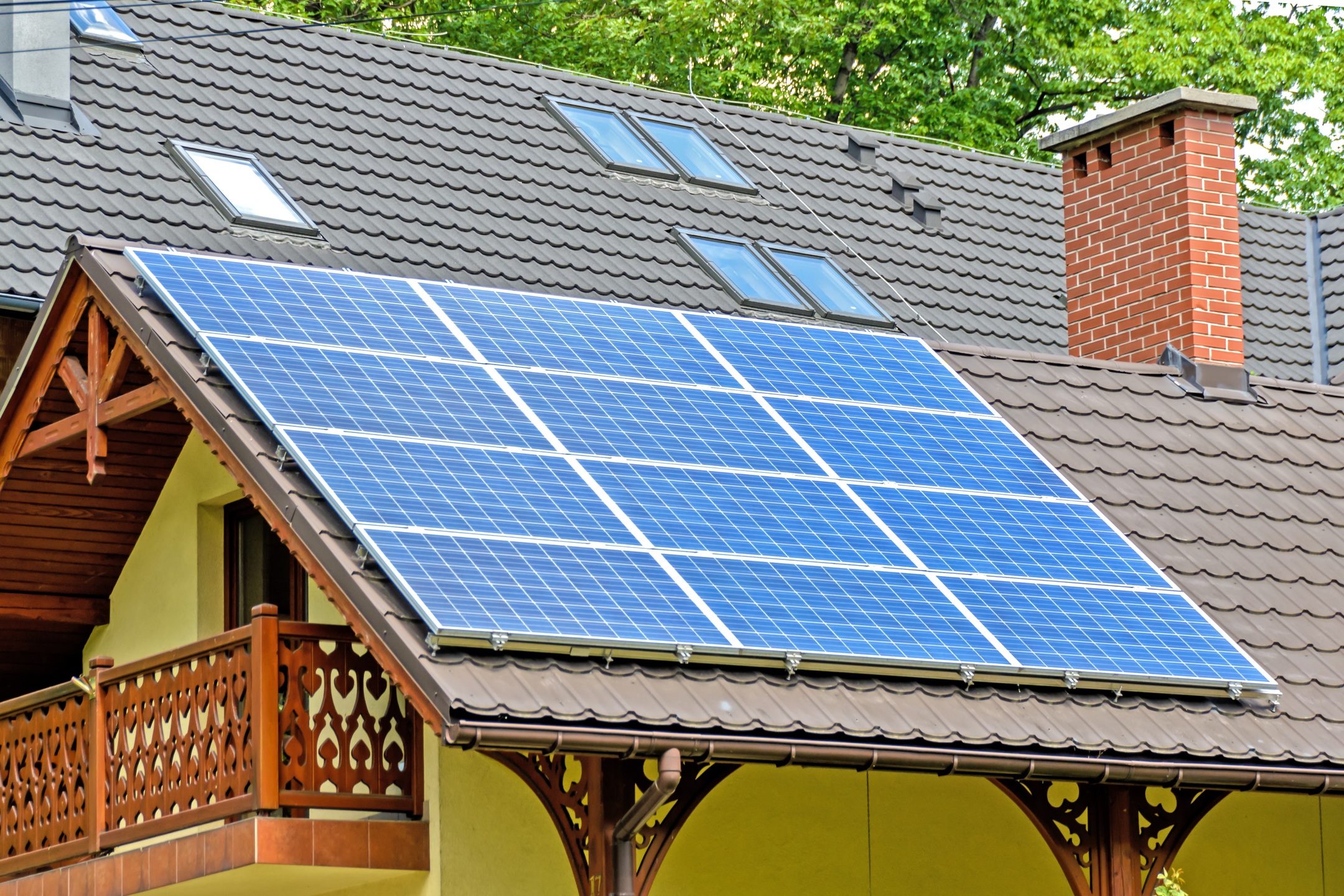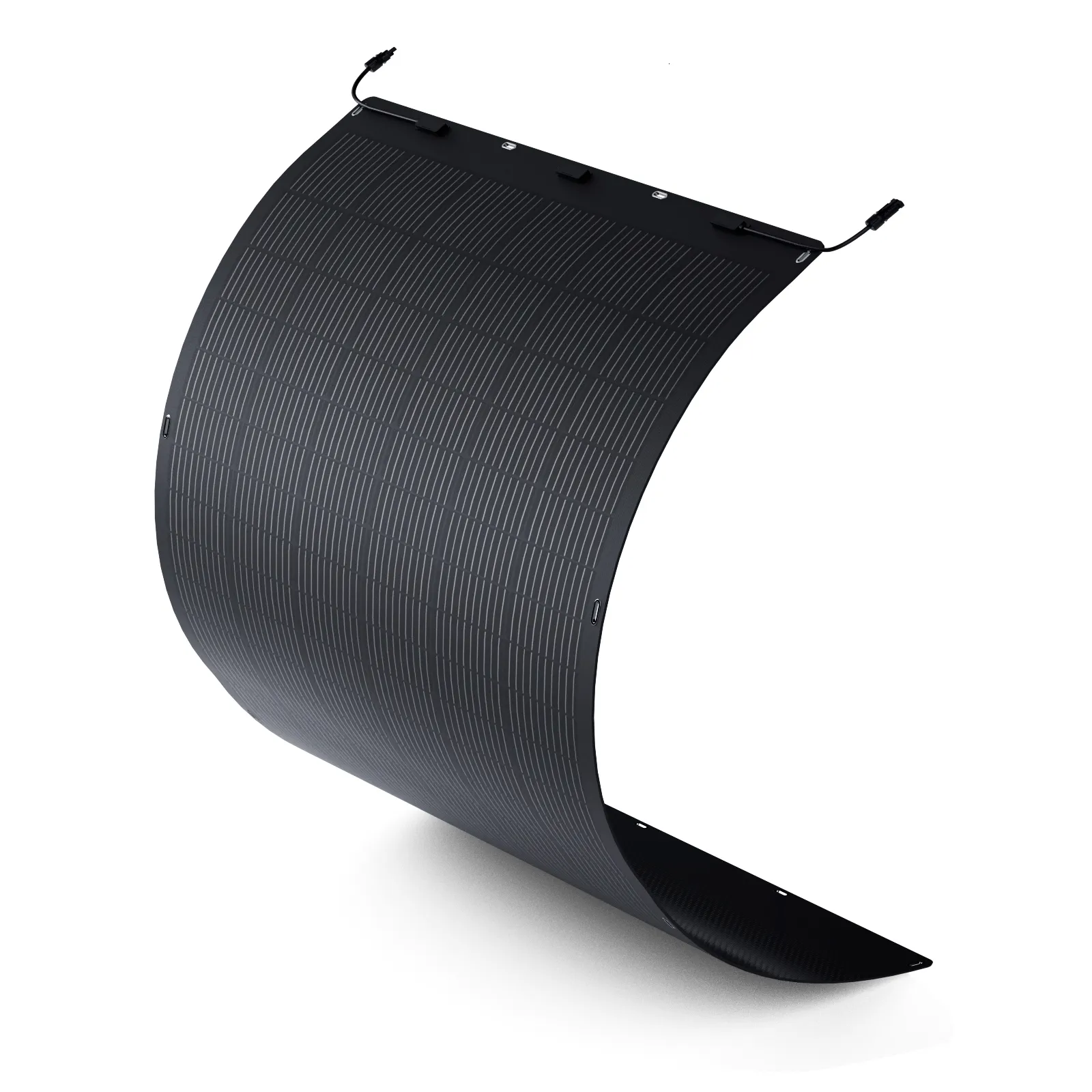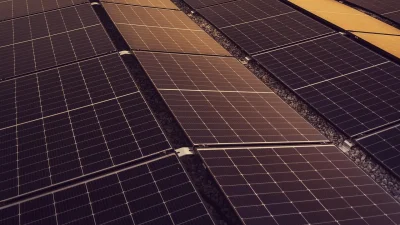Solar panels have grown from an eco friendly novelty into a mainstream solution for clean, renewable energy. With rising utility costs and increasing concern for the environment, more homeowners and businesses are turning to solar technology to generate their own electricity. But how do solar panels actually work? If you are curious about how sunlight turns into energy for your home, this guide breaks down the entire process in simple terms. You will learn the science behind solar panels, the key technologies at play, and what it takes to get started with solar energy.
Table of Contents
- What is Solar Energy?
- Main Components of a Solar Panel System
- Step 1: Light Absorption by Solar Cells
- Step 2: Conversion to Electricity (Photovoltaic Effect)
- Step 3: Direct Current to Alternating Current Conversion
- Step 4: Powering Your Home and Grid Integration
- Types of Solar Panel Technologies
- Factors That Impact Solar Panel Efficiency
- The Benefits of Using Solar Panels
- Conclusion: Key Takeaways on How Solar Panels Work
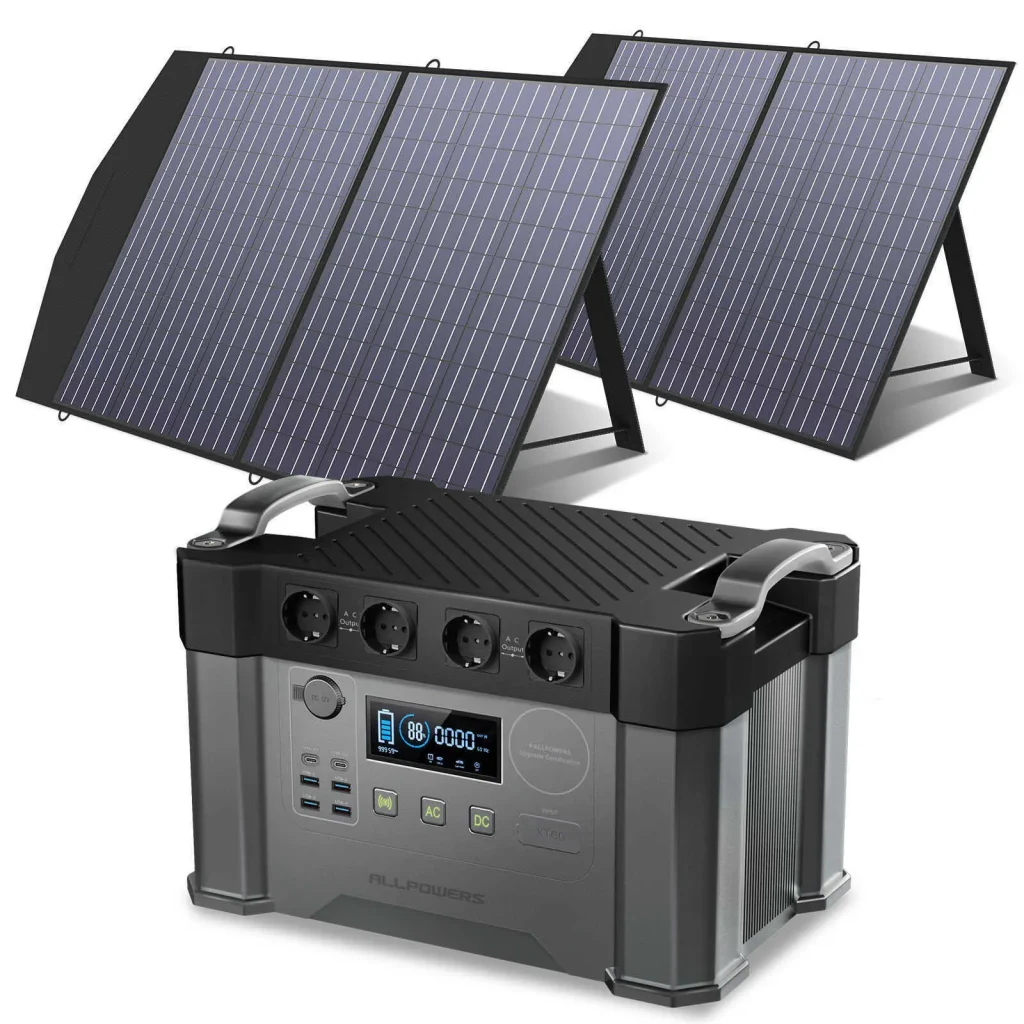
What is Solar Energy?
Solar energy is radiant light and heat from the sun, harnessed using a range of technologies including solar panels, also known as photovoltaic (PV) panels. It is the most abundant energy source available on Earth. Every hour, enough sunlight hits the Earth’s surface to meet global energy needs for an entire year. Solar technology allows us to capture a small portion of this energy and convert it into usable electricity, reducing reliance on fossil fuels and lowering greenhouse gas emissions.
Understanding how solar energy becomes electricity is vital for anyone considering making the switch. The process relies on scientific principles applied in modern, practical systems that are now more affordable and reliable than ever.
Main Components of a Solar Panel System
Before diving into the specific mechanics, it helps to know the basic parts of a solar panel system. Each component plays a crucial role in converting sunlight into household power:
- Solar panels: Made up of many individual solar cells, usually composed of silicon, to capture sunlight.
- Inverter: Converts the electricity generated by the panels from direct current (DC) to alternating current (AC).
- Mounting structure: Holds the panels in place, angled for optimal sun exposure.
- Batteries (optional): Store energy for later use, especially helpful in off grid systems.
- Charge controller: Manages the flow of electricity from the panels to the batteries to prevent overcharging (mainly in off grid systems).
- Electrical panel: Distributes the power throughout your home or business.
With these parts in place, let’s explore exactly how solar panels work, step by step.
Step 1: Light Absorption by Solar Cells
The journey begins when sunlight hits the surface of a solar panel. The panel itself contains many tiny photovoltaic cells, each made primarily from silicon, a common element found in sand.
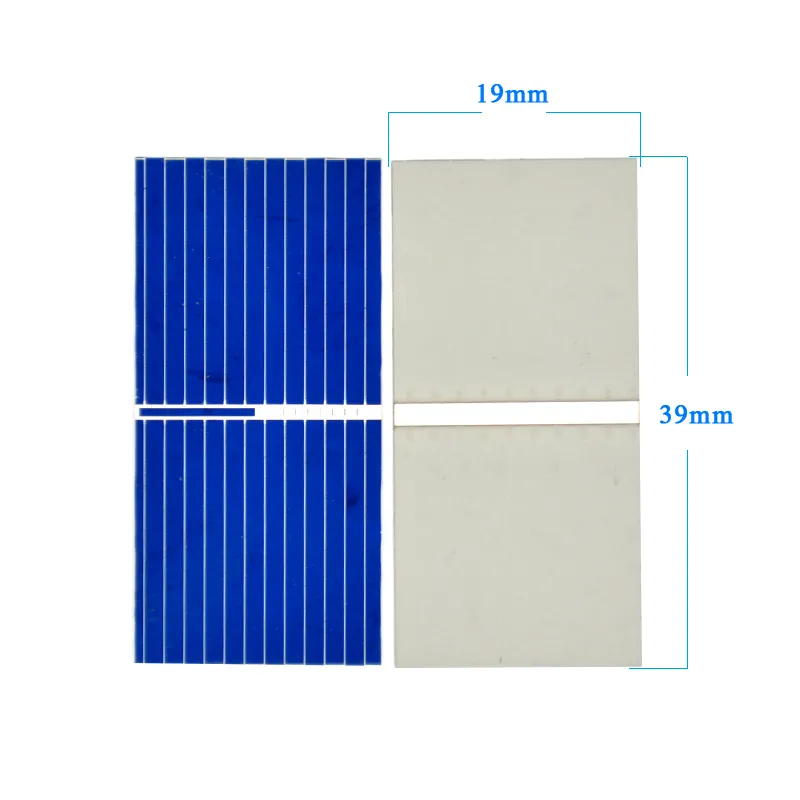
Each solar cell acts like a miniature power plant. The cells are layered with different types of silicon, each having a unique electric charge. This layering creates an electric field, similar to the positive and negative ends of a battery. As sunlight (consisting of particles called photons) strikes the surface of the panel, the energy from the photons is absorbed by the silicon layers.
The more sunlight that hits the solar cells, the more energy is available to be converted which is why correct placement and angle of panels on your roof or property is so important.
Step 2: Conversion to Electricity (Photovoltaic Effect)
After absorbing sunlight, the real magic begins with something called the photovoltaic effect. When the energy from the sun’s photons hits the silicon atoms in the solar cells, it knocks electrons loose from their atoms.
This movement of electrons creates a flow of electrical charge. Wires inside the solar cell capture these electrons, forming a direct current (DC) of electricity. The term “photovoltaic” refers to this electricity generating process, as “photo” means light and “voltaic” relates to electrical potential.
- Key steps in the photovoltaic effect:
- Sunlight excites electrons in silicon cells.
- Electrons begin to flow, producing electrical current.
- Wires transport this current out of the panel.
It is important to know that the electricity produced at this point is still DC, which is different from what most household appliances use.
Step 3: Direct Current to Alternating Current Conversion
The direct current generated by solar panels cannot be used directly by the appliances in your home. Most homes, businesses, and the wider electric grid rely on alternating current (AC) for power.
Here is where the solar inverter comes in. Its job is to take the DC electricity flowing out of your solar panels and transform it into AC electricity. Inverters can be a single central unit for all your panels, or smaller micro inverters attached to each panel.
- Main inverter types:
- String inverters: One main inverter for all panels; simple and affordable.
- Microinverters: Attached to individual panels; increase efficiency in shaded or complex roof layouts.
- Power optimizers: Work alongside string inverters to boost power in less ideal conditions.
Once converted, the electricity is now in AC form, ready to power lights, fridges, and every other electrical device in your home.
Step 4: Powering Your Home and Grid Integration
After the inverter transforms the current, the AC electricity travels into your electrical panel (also called a breaker box). From there, it gets distributed throughout your house to any device or circuit that is drawing power.
What happens if your solar panels produce more energy than your home needs? In a grid tied system, the excess power flows back into the public utility grid. Many regions have “net metering” policies, which give you credit for power sent to the grid. During times when your panels are not producing enough (like at night or on cloudy days), you can draw energy from the grid as usual.

- Off grid systems: Use battery storage to keep excess electricity for later use instead of sending it to the grid.
- Hybrid systems: Combine both batteries and grid integration for maximum flexibility and backup during outages.
Grid integration creates a seamless experience, allowing homes and businesses to use clean solar energy without giving up reliability or convenience.
Types of Solar Panel Technologies
Not all solar panels are created equal. The efficiency, cost, and appearance of panels can vary depending on which technology you choose. Here are the most common types of solar panels:
- Monocrystalline (Mono Si): Recognized by their black hue and rounded edges, these panels offer the highest efficiency rates and a sleek look. They perform well in limited space but are often more expensive.
- Polycrystalline (Poly Si): Typically blue tinted, these are less expensive but slightly less efficient. They offer good performance and value for most residential installs.
- Thin Film: Flexible and lightweight, made from layers of materials like amorphous silicon or cadmium telluride. These panels are less efficient but may be ideal for certain applications where weight or aesthetics are important.
Each type has its pros and cons. Most homeowners opt for monocrystalline or polycrystalline panels due to their balance of efficiency, price, and proven reliability.
Factors That Impact Solar Panel Efficiency
How well a solar panel converts sunlight into usable electricity is known as its efficiency. While manufacturers continue to improve efficiency rates year after year, several factors can affect how much power you actually get from your solar panel system:
- Location and Sun Exposure: The more direct sunlight your location receives, the more energy your panels can generate. If your area is often cloudy or your roof faces north (in the Northern Hemisphere), output may be reduced.
- Angle and Tilt: Panels should be angled to capture the most sunlight based on your geographic location and the season.
- Shade: Shadows from nearby trees, buildings, or chimneys can significantly drop output. Even partial shading of one panel can affect the entire system if not properly designed.
- Temperature: Ironically, high temperatures can reduce solar panel efficiency. Solar panels work best at moderate temperatures and plenty of sunlight.
- Panel Cleanliness: Dust, pollen, and debris that collect on panels can block sunlight. Routine cleaning keeps efficiency high.
- System Components: The efficiency of inverters and other electronics will also determine how much usable electricity reaches your home.
A well designed system, tailored to your house and local climate, is key to getting the best possible results.
The Benefits of Using Solar Panels
Why go solar? Beyond understanding how solar panels work, it’s important to consider what you stand to gain by installing solar power. Here are some of the most compelling benefits:
- Lower Electric Bills: Solar panels can dramatically reduce or even eliminate monthly electricity costs.
- Energy Independence: Generate your own clean energy and reduce reliance on local utilities.
- Environmental Impact: Solar energy cuts down on fossil fuel consumption and dramatically reduces greenhouse gas emissions. It is a key solution for combating climate change.
- Increased Home Value: Studies show solar equipped homes sell faster and at higher prices than non solar homes in many markets.
- Minimal Maintenance: Solar panel systems have no moving parts and require little ongoing maintenance beyond simple cleaning.
- Financial Incentives: Government rebates, tax credits, and local incentives can shrink the upfront costs of going solar.
Solar energy is not just about saving money it is about making a sustainable choice that benefits both you and the planet.
Conclusion: Key Takeaways on How Solar Panels Work
Solar panels work by capturing sunlight and converting it into usable electricity through a fascinating process known as the photovoltaic effect. This electricity is then transformed from DC to AC, suited to household use, and distributed where it is needed with any surplus energy benefiting the grid or stored for later use. Understanding each step ensures you can make informed decisions as you consider adding solar to your own home or business.
Solar energy stands as one of the most accessible and impactful ways to reduce electricity costs and environmental impact. As the technology improves and installation becomes more affordable, now is the perfect time to explore how solar panels can work for you. Whether you aim to cut utility bills or help protect the planet, harnessing the power of the sun starts with understanding the basics of how solar panels work.
Take time to evaluate your energy needs, explore your property’s suitability, and research local incentives for solar installation. With the right knowledge and planning, you can enjoy the benefits of renewable energy for decades to come.


